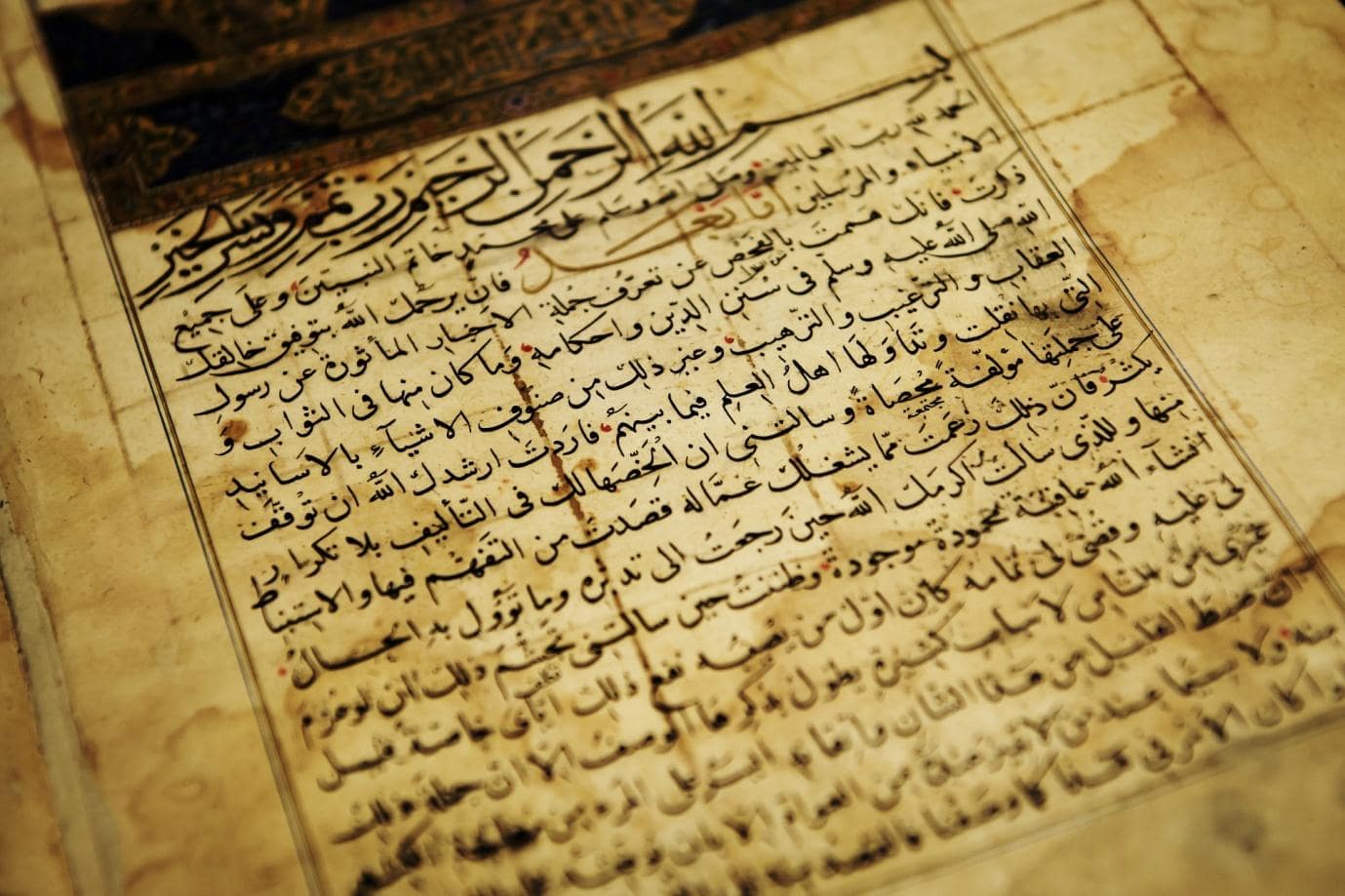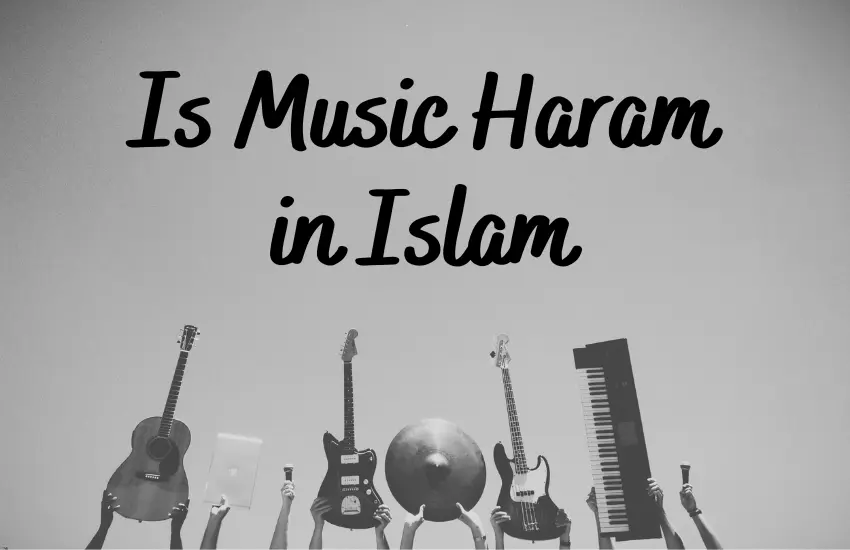Sharia law is one of the most frequently discussed yet commonly misunderstood concepts in contemporary discourse about Islam. Mentioned in headlines, debated in parliaments, and invoked in courtrooms, the term often evokes images of severe punishments or medieval customs. In reality, Sharia is a rich, living legal tradition that has guided Muslim communities for over fourteen centuries, shaping everything from personal spirituality to commercial contracts. This beginner’s guide offers a clear, balanced, and practical introduction to the principles, sources, and day-to-day applications of Islamic law—without the sensationalism that so often clouds the topic.
Understanding Sharia Law
At its core, Sharia (literally “a path to water”) is the divinely ordained moral and legal framework revealed to guide human beings toward ethical living. It is not simply a list of punishments but a holistic system that encompasses worship, personal ethics, social etiquette, economic transactions, and state governance. Although the word “law” appears in English translations, Sharia is better understood as a way of life rooted in divine guidance rather than secular legislation alone.
The Linguistic and Theological Roots
Derived from the Arabic trilateral root sh-r-‘, which conveys the idea of “a clear path to water,” the term Sharia evokes life-giving sustenance. In early Islamic texts, this metaphor signified the nourishment that divine revelation provides to the human soul. Theologically, Muslims believe Sharia originates from God’s infinite wisdom, expressed through revelation (wahy) and mediated by the Prophet Muhammad. Consequently, observant Muslims view adherence to Sharia not as submission to human authority but as an act of devotion.
Sharia vs. Fiqh: Clarifying the Distinction
Western media often conflates Sharia with fiqh (Islamic jurisprudence), but the two are distinct:
- Sharia refers to the ideal, unchanging divine will.
- Fiqh is the human scholarly effort to understand, interpret, and apply that divine will in specific contexts.
Because fiqh is fallible, Islamic legal history features a broad spectrum of opinions (ikhtilaf), encouraging intellectual humility and flexibility rather than rigid uniformity.
Key Components of Sharia Law
The structure of Sharia rests on several foundational pillars that determine how legal rulings are derived and prioritized.
The Primary Sources
- Qur’an: The literal word of God revealed to the Prophet Muhammad. Roughly 500 verses (out of 6,236) deal explicitly with legal issues such as inheritance, marriage, and commercial ethics.
- Sunnah: The normative practices, sayings, and tacit approvals of the Prophet, documented in hadith collections. The Sunnah provides context and practical exemplification of Qur’anic teachings.
Secondary Sources and Legal Methodologies
- Ijma‘ (consensus): Historical agreement of qualified scholars on a particular legal point.
- Qiyas (analogical reasoning): Extension of a ruling from an original case to a new case when both share an effective cause (‘illah).
- Istihsan (juristic preference): A discretionary departure from strict analogy for reasons of equity.
- Maslahah (public interest): Consideration of benefits and harms for society at large.
- ‘Urf (custom): Local customs deemed consistent with Islamic objectives.
The Higher Objectives (Maqasid al-Sharia)
Jurists such as Imam al-Ghazali and al-Shatibi distilled the purpose of Sharia into five essential human interests:
| Objective | Arabic Term | Illustrative Example |
|---|---|---|
| Protection of Religion | Hifz al-Din | Freedom of worship and safeguards against forced apostasy |
| Protection of Life | Hifz al-Nafs | Laws against murder and protocols for just war |
| Protection of Intellect | Hifz al-‘Aql | Prohibition of intoxicants impairing mental faculties |
| Protection of Lineage | Hifz al-Nasl | Regulations on marriage, paternity, and child welfare |
| Protection of Property | Hifz al-Mal | Rules against theft, fraud, and exploitative interest |
Classical Schools of Law (Madhahib)
Between the 8th and 10th centuries, four major Sunni schools crystallized:
- Hanafi (Iraq/Anatolia): Emphasizes reasoning and analogy; dominant in South and Central Asia.
- Maliki (Medina): Relies heavily on the practices of Medina’s early community; prominent in North and West Africa.
- Shafi‘i (Egypt/Palestine): Balances hadith and analogy; common in Southeast Asia and parts of the Middle East.
- Hanbali (Baghdad): Prioritizes textual literalism; influential in Saudi Arabia and Gulf states.
Among Shia Muslims, the Ja‘fari school predominates, integrating the teachings of the Twelve Imams and a nuanced role for human intellect (‘aql).
Benefits and Importance
Individual Spiritual Development
By integrating legal and ethical norms with acts of worship, Sharia cultivates holistic piety. Daily ablutions (wudu) promote hygiene; fasting in Ramadan fosters empathy for the hungry; charity (zakat) purifies wealth and reduces inequality. Each legal injunction thus carries a spiritual objective, aligning mundane routines with transcendent purpose.
Social Cohesion and Welfare
Historically, Sharia courts (mahakim shar‘iyyah) provided accessible justice long before modern civil services. Endowments (awqaf) financed hospitals, universities, and public fountains, illustrating how Islamic law incentivizes corporate social responsibility. Contemporary manifestations include Islamic microfinance and sukuk (Islamic bonds) that channel capital into socially productive ventures without interest.
Economic Ethics
Sharia’s prohibition of riba (exploitative interest) and gharar (excessive uncertainty) encourages asset-backed financing and risk-sharing. The result is a stakeholder-oriented economy where financiers and entrepreneurs share profits and losses, theoretically reducing systemic risk. Empirical studies by the World Bank and IMF note lower leverage ratios in Islamic banks during the 2008 financial crisis as partial validation of these principles.
Practical Applications
Personal Worship and Ethics
Daily Prayer Times
While prayer times vary by geographic location, smartphone apps now use GPS and astronomical algorithms to send real-time notifications. This illustrates how classical rules adapt to modern technology without altering the underlying obligation.
Dietary Laws (Halal)
- Meat must be slaughtered in the name of Allah, ensuring humane treatment of animals.
- Additives such as gelatin or alcohol must meet purity thresholds.
- Certification agencies like IFANCA and JAKIM provide global supply-chain oversight.
Family Law
Marriage (Nikah)
A marriage contract is both a devotional act and a civil agreement. Key stipulations include:
- Mutual consent of both parties.
- Mahr (dower) as a gift from groom to bride, negotiated freely.
- Presence of two adult Muslim witnesses.
Courts in countries such as Malaysia and the UAE routinely register these contracts, demonstrating compatibility with civil records.
Divorce (Talaq and Khul‘)
Contrary to stereotypes, instant triple talaq (saying “talaq” thrice at once) is widely regarded as innovative (bid‘ah) and invalid by most classical jurists. Instead, a three-month reconciliation period (‘iddah) is mandated. Women also possess the right of khul‘ (initiated divorce) by returning the mahr if they fear they cannot uphold marital obligations.
Commercial Transactions
Islamic Finance Instruments
| Instrument | Underlying Contract | Key Features |
|---|---|---|
| Murabaha | Cost-plus sale | Bank purchases asset and resells at markup with deferred payments |
| Mudarabah | Profit-sharing partnership | One party provides capital, the other expertise; profits shared per-agreed ratio |
| Sukuk | Asset-backed trust certificates | Investors own pro-rata shares of revenue-generating assets |
Major corporations such as Microsoft, Goldman Sachs, and Tesla have issued sukuk to tap Middle-East liquidity, evidencing Sharia-compliant finance’s global reach.
Criminal Justice and Discretionary Punishments
Classical hudud penalties (for theft, adultery, etc.) are subject to extraordinarily stringent evidentiary standards. For instance, theft requires:
- Two adult Muslim eyewitnesses observing the act.
- Property secured in a locked place.
- Value exceeding a defined nisab (minimum threshold).
As a result, historical records show hudud punishments were rarely implemented; most cases were resolved through ta‘zir (discretionary penalties) that prioritize rehabilitation.
Frequently Asked Questions
What are the main differences between Sharia and secular legal systems?
Secular systems derive authority from human legislation and can be amended by parliaments or courts. Sharia claims divine origin, making its core moral principles immutable. However, the application of Sharia—through fiqh—relies on human interpretation and can evolve via scholarly consensus and contextual reasoning. Many Muslim-majority countries therefore operate dual legal systems: civil codes handle commercial and administrative matters, while Sharia courts address family or inheritance issues.
Is Sharia compatible with modern human rights standards?
The question presumes a monolithic Sharia. In practice, Muslim scholars debate how best to align divine objectives with contemporary rights language. For example, the 2004 Moroccan Mudawana reformed family law to grant women equal divorce rights, citing Qur’anic principles of justice and compassion. Similarly, the 2015 Tunisian constitution balances Sharia-inspired ethics with international treaties, illustrating ijtihad (independent reasoning) in action.
Do all Muslims follow the same version of Sharia?
No. Because fiqh is interpretive, Muslims follow different schools, cultural customs, and national laws. A Pakistani-American Muslim might follow Hanafi rulings on inheritance while relying on U.S. civil courts for marriage registration. Meanwhile, a Southeast Asian Shafi‘i Muslim may consult local fatwa councils on contemporary bioethics. Diversity of opinion is not only tolerated but celebrated within Islamic legal tradition.
How are financial products vetted for Sharia compliance?
Certification involves multi-layered review:
Internal Sharia board audits the product structure for riba, ghar
























Post Comment